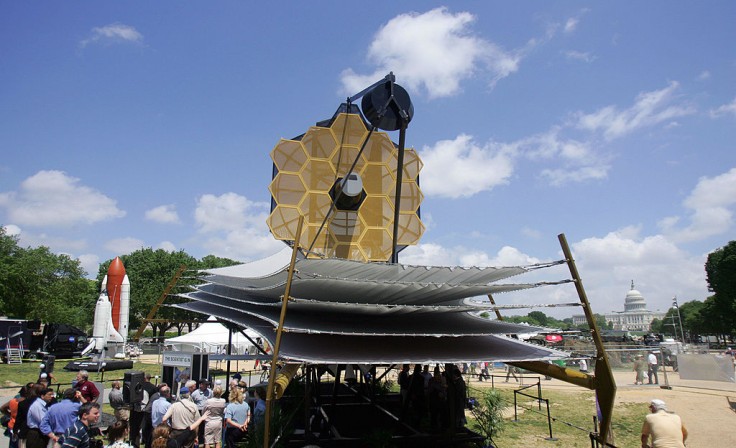
The James Webb Telescope, successor to the Hubble Space Telescope, was recently spotted on the road. It was shipped from California on September 26 and reached Port de Pariacabo, French Guiana, this Tuesday. It will eventually arrive at Europe's Spaceport in Kourou, where it will launch sometime on December 18.
Transporting the largest and most powerful space telescope is not an easy task. Experts prepared for this event extensively by researching its route, charting its course, and even building a specially designed "suitcase" for Webb.
The James Webb Telescope Suitcase
According to NASA, the Webb suitcase was officially called STTARS, short for Space Telescope Transporter for Air, Road and Sea. Its total dimensions are 18 feet high, 15 feet wide and 110 feet long. The container was designed to withstand extreme or unexpected conditions and protect its content from heavy rainfall and other environmental factors.
STTARS also served as a mobile clean room for Webb. STTARS maintained low level of contaminants inside, no more than 100 airborne particles equal to 0.5 microns. For reference, half a micron is one-hundredth of the width of human hair.
Before its deployment, STTARS received "tried-and-true" cleaning methods on its interior and exterior. After the space telescope was installed, Webb's last journey on Earth began.
Read also: 'Star Trek' Star William Shatner Goes to Space: Watch Rocket Launch, Splashdown of Captain Kirk!
James Webb Telescope Land and Sea Transport
NASA's team said they previously considered transporting Webb by air. However, the route between the airport and launch site covered seven bridges and STTARS would be too heavy to cross them.
As previously mentioned, the team decided to transport the extremely large and sensitive space telescope by land and two oceans.
Charlie Diaz, Webb's launch site operations manager, said that Webb's departure took a lot of preparation. "There are just thousands of different things that go on behind the scenes: pulling permits, avoiding obstructions, selecting alternate routes...all kinds of nuances. I'm so proud of our team - we've been working at this now for a long time," per NASA.
The James Webb Space Telescope (JWST) YouTube channel documented the highlights throughout the space telescope's journey.
On its first video, Webb was seen loaded on STTARS and transported by truck. It took a short land trip between Northrop Grumman in Redondo Beach to the port of departure at Naval Weapons Station Seal Beach. For reference, due to Webb's sheer size and weight, STTARS only traveled at 5-10 miles per hour!
The second part of the video showcased STTARS being loaded on the cargo ship MN Colbri at Seal Beach. NASA said the ship literally experienced smooth sailing throughout its trip. The ship cruised at an average of 15 knots or 17 miles per hour.
NASA tweeted an update on the cruise, saying, "Closer to launch! Our NASA Webb Space Telescope has arrived in French Guiana for its scheduled December 18 liftoff."
✅ Closer to launch! Our @NASAWebb Space Telescope has arrived in French Guiana for its scheduled Dec. 18 liftoff.
— NASA (@NASA) October 12, 2021
From California, through the Panama Canal, to South America – get the details on Webb's ~5,800-mile (~9,300 kilometer) voyage: https://t.co/xdVXQJ6JvU pic.twitter.com/7OUOXUFcdS









